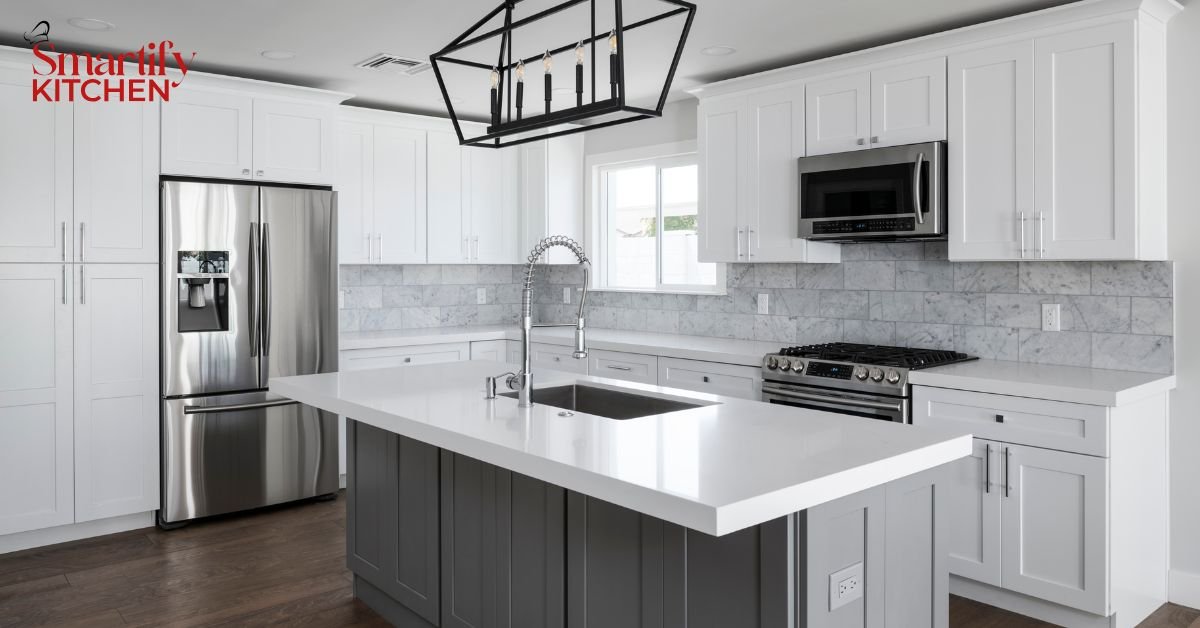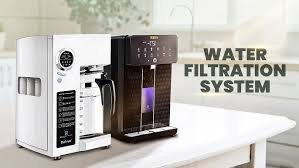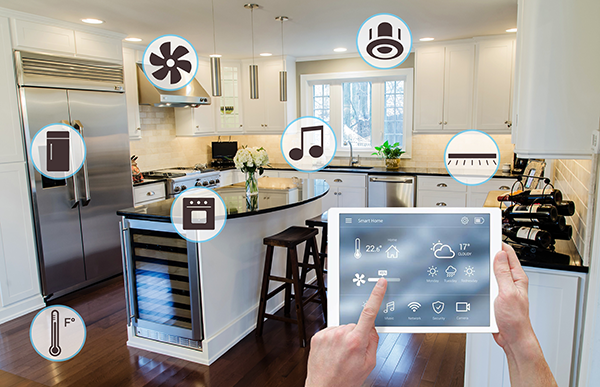How to Troubleshoot Smart Kitchen Appliances

Smart kitchen appliances enhance convenience and efficiency in the kitchen, but like any technology, they can sometimes encounter issues. Understanding how to troubleshoot these appliances can save you time and frustration.
This guide will help you identify common problems, offer troubleshooting tips, and suggest solutions to get your smart kitchen appliances back in working order.
1. Common Issues with Smart Kitchen Appliances
Let’s Review some of the most Common Issues with the Smart Kitchen.
Connectivity Problems
- Wi-Fi Issues: Appliances may fail to connect or maintain a stable connection with your home network.
- Bluetooth Issues: Bluetooth-enabled appliances may have difficulty pairing or maintaining a connection with your smartphone or other devices.
Power and Operational Problems
- Power Supply Issues: Appliances may not turn on or operate correctly due to power supply issues.
- Malfunctioning Components: Internal components may fail or malfunction, affecting performance.
App and Software Issues
- App Crashes: Companion apps for smart appliances may crash or freeze, impacting functionality.
- Firmware Updates: Appliances may not function properly if they are running outdated firmware.
Sensor and Performance Issues
- Inaccurate Measurements: Smart scales or other measurement-based appliances may provide inaccurate readings.
- Faulty Sensors: Appliances with sensors (e.g., smart ovens, refrigerators) may have malfunctioning sensors that affect their performance.
2. Troubleshooting Connectivity Problems
After discussing the common issues, let’s Review Some Troubleshooting Connectivity Problems.
Wi-Fi Issues
- Check Wi-Fi Network: Ensure your appliance is within range of your Wi-Fi network and that the network is functioning properly.
- Restart Router: Restart your Wi-Fi router to refresh the connection and resolve network issues.
- Reconnect Appliance: Reconnect the appliance to your Wi-Fi network using the companion app or device settings.
Bluetooth Issues
- Pairing Mode: Ensure the appliance is in pairing mode and that Bluetooth is enabled on your smartphone or other devices.
- Restart Devices: Restart both the appliance and your smartphone or device to reset the Bluetooth connection.
- Update Firmware: Check for firmware updates for the appliance and apply any available updates to improve Bluetooth connectivity.
3. Addressing Power and Operational Problems
Now, Let’s Explore some Power and Major Operational Problems.
Power Supply Issues
- Check Power Source: Ensure the appliance is plugged in and the power outlet is functioning. Test the outlet with another device if necessary.
- Reset Appliance: Perform a hard reset by unplugging the appliance for a few minutes and then plugging it back in.
- Check Cords and Plugs: Inspect power cords and plugs for damage or loose connections.
Malfunctioning Components
- Inspect for Damage: Check for visible damage to components, such as cracked displays or broken buttons.
- Consult Manual: Refer to the appliance’s user manual for troubleshooting tips specific to the model.
- Contact Support: If components are malfunctioning, contact the manufacturer’s customer support for guidance or repair options.
4. Resolving App and Software Issues
Now, let’s get to to resolving issues Part.
App Crashes
- Update App: Ensure the companion app is updated to the latest version from the app store.
- Restart App: Close and restart the app to resolve temporary glitches or crashes.
- Reinstall App: Uninstall and reinstall the app to fix persistent issues.
Firmware Updates
- Check for Updates: Use the companion app or device settings to check for and install firmware updates for the appliance.
- Follow Instructions: Follow the manufacturer’s instructions for applying firmware updates, and ensure the appliance remains connected during the update process.
- Reset if Needed: If firmware updates fail, perform a factory reset on the appliance and retry the update process.
5. Troubleshooting Sensor and Performance Issues
Let’s Review troubleshooting Sensor and Performance Issues.
Inaccurate Measurements
- Calibrate the Appliance: If applicable, calibrate the appliance according to the manufacturer’s instructions to improve measurement accuracy.
- Check Surface: Ensure the appliance is placed on a flat, stable surface for accurate readings.
- Clean Sensors: Clean any sensors or measurement surfaces to remove debris that may affect performance.
Faulty Sensors
- Inspect Sensors: Check sensors for visible damage or obstructions that may impact functionality.
- Reset Appliance: Perform a reset or recalibration of the appliance to see if it resolves sensor issues.
- Contact Support: If sensors continue to malfunction, contact the manufacturer’s support team for assistance or repair options.
6. General Maintenance Tips
Let’s Review some of the General Maintenance Tips.
Regular Cleaning
- Follow Instructions: Clean appliances regularly according to the manufacturer’s instructions to prevent buildup of dirt or grime.
- Use Appropriate Cleaners: Use recommended cleaning products and avoid abrasive materials that could damage the appliance.
Keep Software Updated
- Check for Updates: Regularly check for software and firmware updates for your appliances to ensure they are running the latest versions.
- Enable Automatic Updates: If possible, enable automatic updates to keep your appliances current with minimal effort.
Perform Routine Checks
- Inspect Connections: Regularly inspect power cords, plugs, and connections for signs of wear or damage.
- Monitor Performance: Keep an eye on the performance of your appliances and address any issues promptly to prevent further problems.
7. When to Seek Professional Help
let’s Explore points now on when to seek Professional Help.
Persistent Issues
- Contact Support: If troubleshooting efforts do not resolve the issue, contact the manufacturer’s customer support for further assistance.
- Warranty Considerations: If the appliance is still under warranty, inquire about repair or replacement options.
Safety Concerns
- Electrical Issues: If you suspect electrical issues or damage, consult a professional technician to address safety concerns and prevent hazards.
Complex Repairs
- Technical Expertise: For complex repairs or internal component issues, seek help from a qualified technician or service center to avoid damaging the appliance further.
8. Preventative Measures
Let’s Review some Preventative Measures you must take.
Proper Usage
- Follow Instructions: Use appliances according to the manufacturer’s instructions to prevent misuse and potential issues.
- Avoid Overloading: Do not overload appliances or use them beyond their intended capacity.
Environmental Considerations
- Protect from Moisture: Keep appliances away from excessive moisture or water to prevent damage.
- Ensure Ventilation: Ensure proper ventilation for appliances that generate heat to avoid overheating and performance issues.
Conclusion – How to Troubleshoot Smart Kitchen Appliances
Troubleshooting smart kitchen appliances involves understanding common issues, following systematic troubleshooting steps, and seeking professional help when necessary.
By addressing connectivity problems, power and operational issues, app and software glitches, and sensor performance problems, you can maintain the functionality of your smart kitchen appliances and enjoy their benefits with minimal disruption.
Regular maintenance, proper usage, and timely repairs will help keep your appliances in optimal working condition and enhance your kitchen experience.






